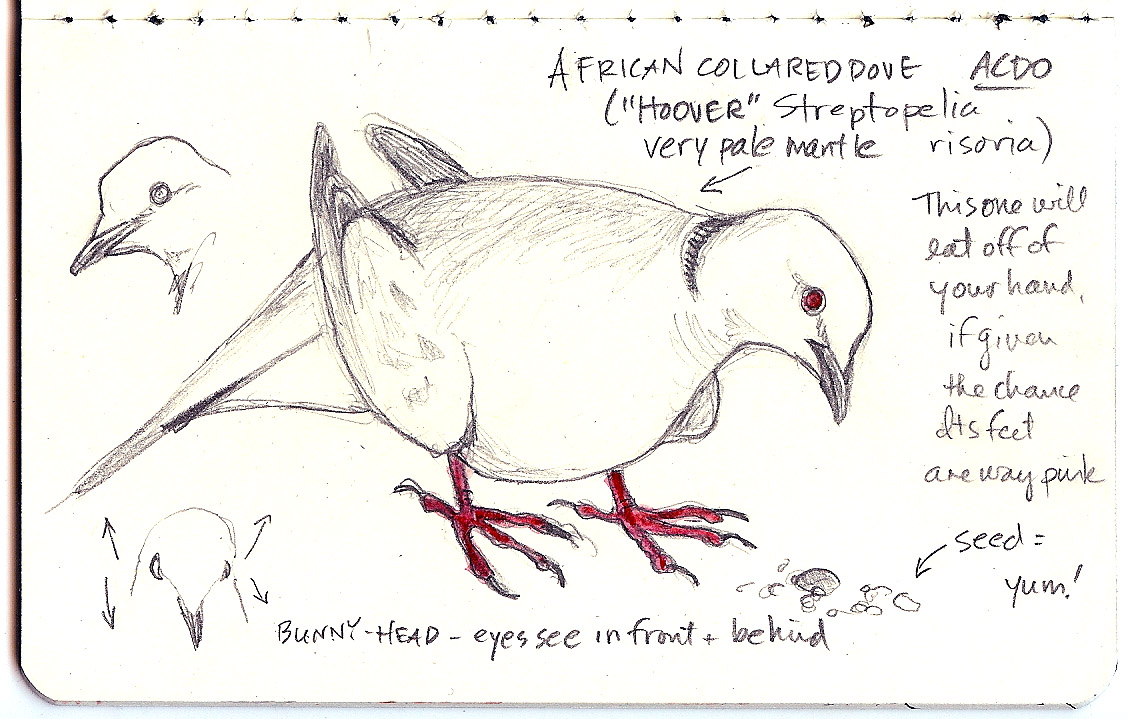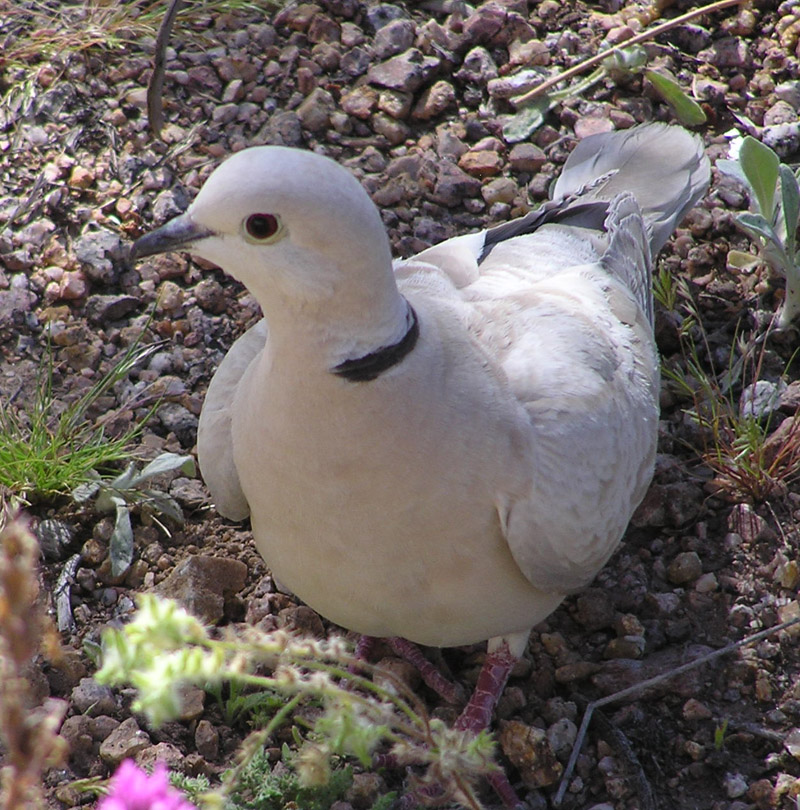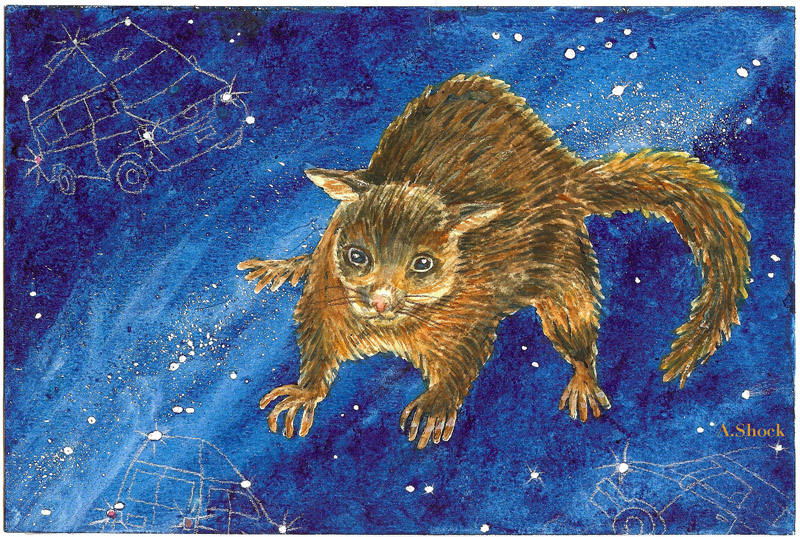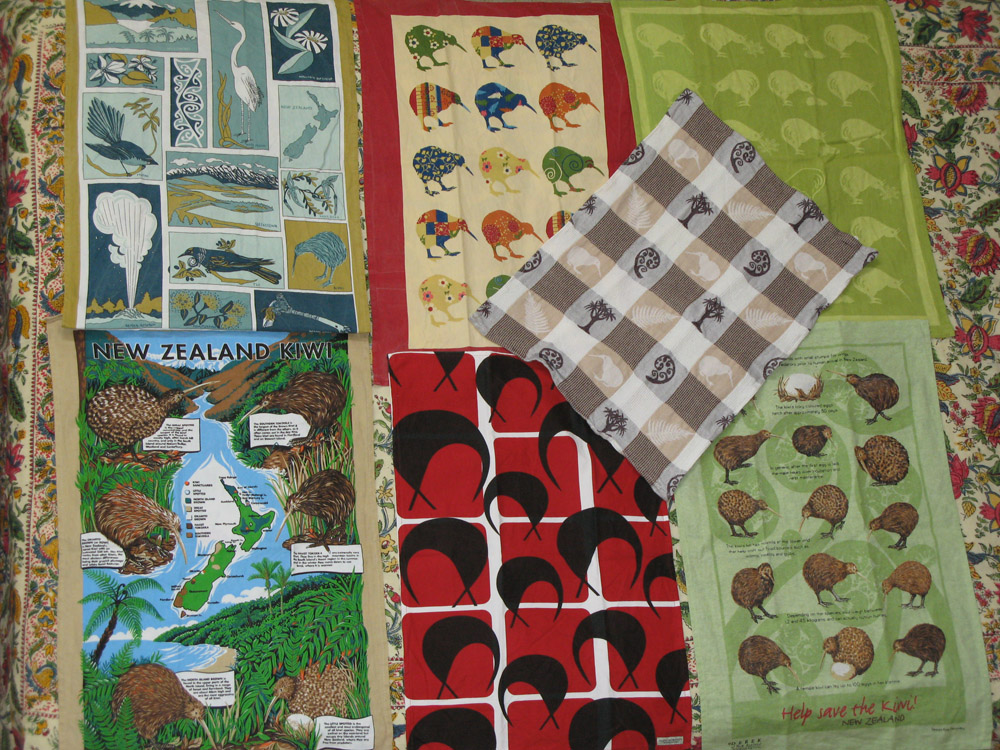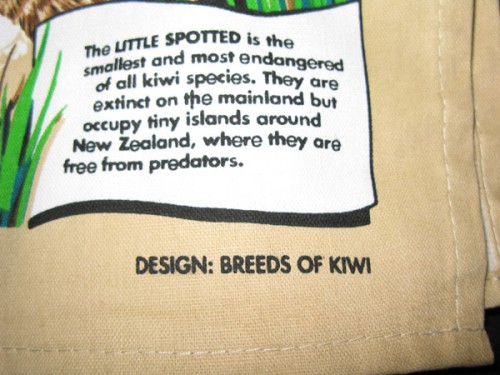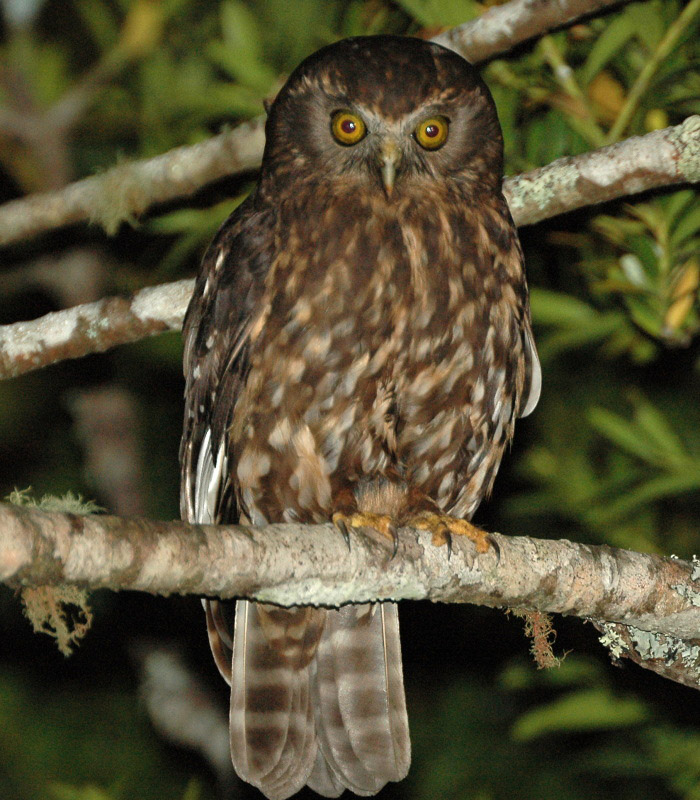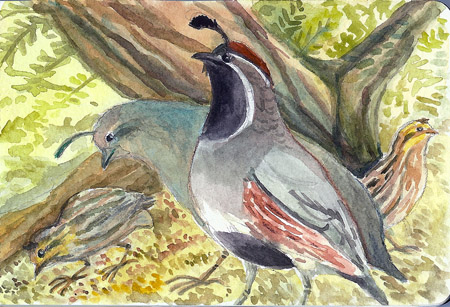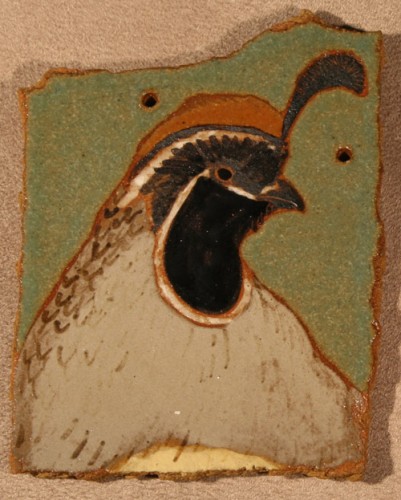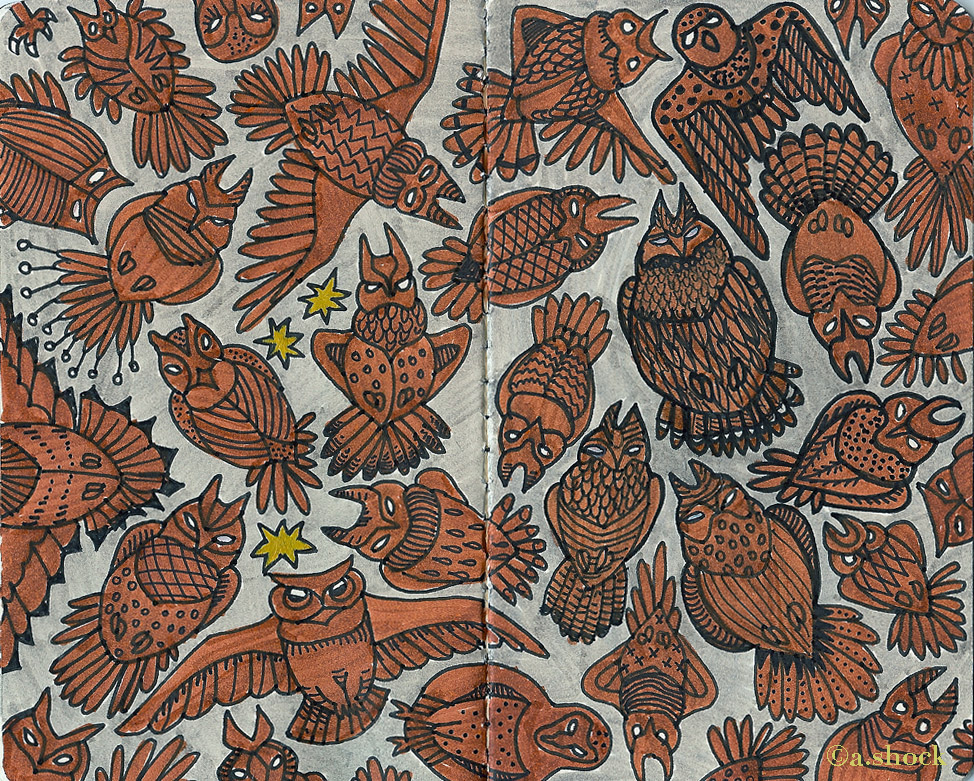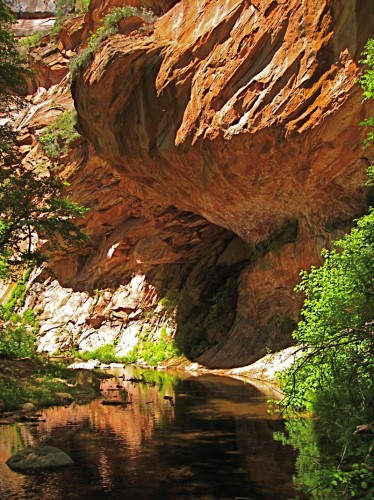 We missed some of Spring in the desert this year, so last weekend we went in search of it under the Mogollon Rim: Sunday found us hiking along the West Fork of Oak Creek in Sedona. It’s one of the more popular trails in that popular area, and at times it’s mobbed by clusters of sweaty Phoenicians looking for a quick cool-off up in the oak pine red rock country. But the weather in the desert has been cooler than seasonal, and although we certainly weren’t alone on the path, the trail wasn’t as crowded as we feared.
We missed some of Spring in the desert this year, so last weekend we went in search of it under the Mogollon Rim: Sunday found us hiking along the West Fork of Oak Creek in Sedona. It’s one of the more popular trails in that popular area, and at times it’s mobbed by clusters of sweaty Phoenicians looking for a quick cool-off up in the oak pine red rock country. But the weather in the desert has been cooler than seasonal, and although we certainly weren’t alone on the path, the trail wasn’t as crowded as we feared.
The day couldn’t have been more beautiful — Oak Creek Canyon at that point is a mile high (literally) so it’s still spring up there, with lots of showy color. Both Scarlet and Yellow Monkey Flower (Mimulus cardinalis and guttatus), Golden columbine (Aquilegia chrysantha), and Western spiderwort (Tradescantia occidentalis) were at their peak.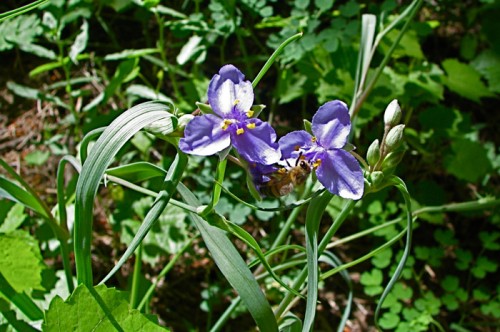 Columbian monkshood (Aconitum columbianum) and Deers-ears (Frasera speciosa) were just beginning, as were the False Solomon’s seal (Smilacina sp). Butterflies abounded — both on flowers and on ammonia-rich heron-wash smears on the gravelly banks — and the air was lively with swallowtails, skippers and sulphurs, and others I don’t know.
Columbian monkshood (Aconitum columbianum) and Deers-ears (Frasera speciosa) were just beginning, as were the False Solomon’s seal (Smilacina sp). Butterflies abounded — both on flowers and on ammonia-rich heron-wash smears on the gravelly banks — and the air was lively with swallowtails, skippers and sulphurs, and others I don’t know.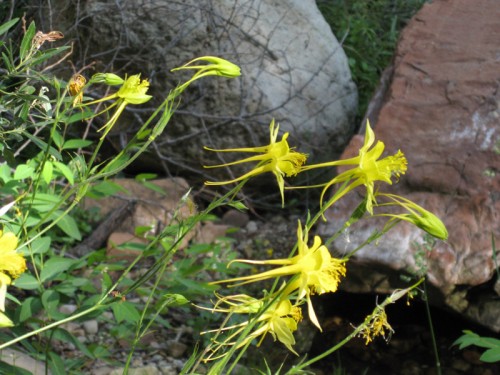
The local birds were lively and showy too, the males singing and holding territory: Lazuli bunting (Passerina amoena), Black-headed grosbeak (Pheucticus melanocephalus), Western tanagers (Piranga ludoviciana), and Red-faced warblers (Cardenlina rubifrons) were among the colorful singers, while Cordilleran flycatchers (Empidonax occidentalis), House wrens (Troglodytes aedon), Plumbeous vireo (Vireo plumbeus) and the ethereal-voiced Hermit thrush (Catharus guttatus) were vocal but plainer of plumage.
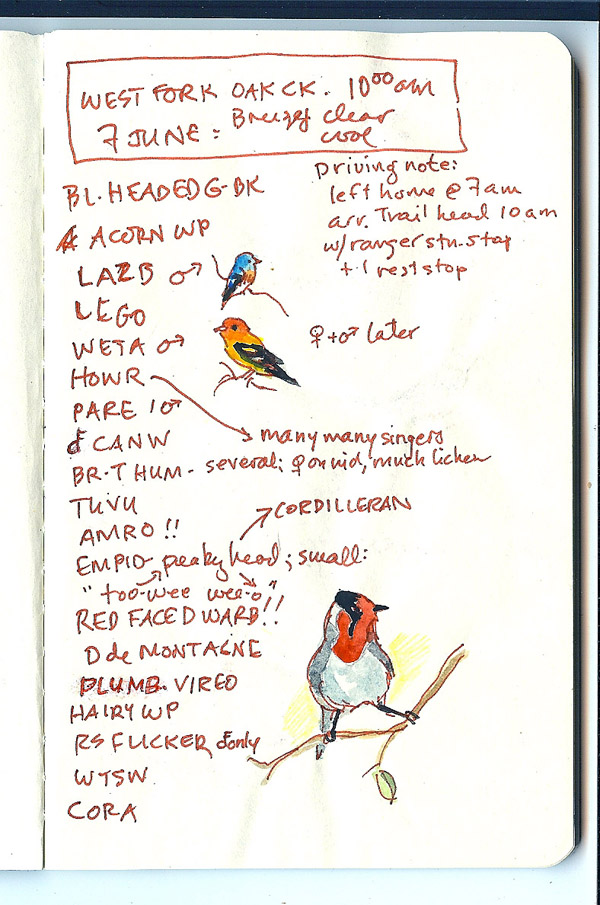 Now, I admire a little brown bird as much as anyone — the House wren is a delight to watch, singing so hard its little barred tail vibrates — but it’s tough to not be swept away by the sight of tiny woodland jewels like Red-faced warblers, who were numerous and singing, or the Painted redstart (Myioborus pictus) who was foraging quietly and intently as if he had nestlings and a mate to feed.
Now, I admire a little brown bird as much as anyone — the House wren is a delight to watch, singing so hard its little barred tail vibrates — but it’s tough to not be swept away by the sight of tiny woodland jewels like Red-faced warblers, who were numerous and singing, or the Painted redstart (Myioborus pictus) who was foraging quietly and intently as if he had nestlings and a mate to feed.
To the right is a page of the day’s birdlist, sketchily illustrated on the fly with really tiny thumbnails of a couple of the brighter species. (I’ve been honing down a back-packing sized watercolor kit, and it’s coming along well, although I haven’t yet gotten the paints pared down to an Altoids-tin, since Jerry’s Artarama is still out of empty half-pans). The bird-list is small-scale, too — in a Moleskine journal just 3.5×5.5″.
The Broad-tailed hummingbirds (Selasphorus platycercus) were zizzing around fussily, 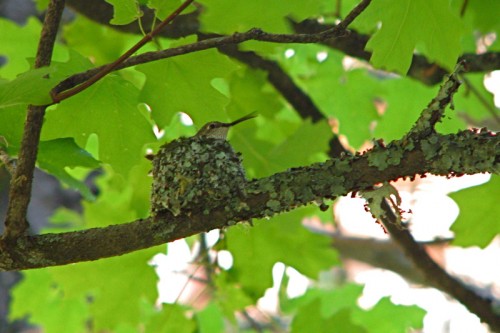 sometimes more easily heard than seen, but we lucked into looking up at just the right time to see this Hen settle onto her nest on a bough directly over the trail. Check out her clever lichen-camo, and how it blends right down into the lichen-covered Big-toothed maple branch!
sometimes more easily heard than seen, but we lucked into looking up at just the right time to see this Hen settle onto her nest on a bough directly over the trail. Check out her clever lichen-camo, and how it blends right down into the lichen-covered Big-toothed maple branch!
The Phoenix-Sedona round trip with an eight-mile hike in the middle makes for one long day, but even so we came back refreshed and renewed, glad to have a cooler option when the desert is too hot to hike. Graduated seasons are one of the nicest things about living in a state with delightfully drastic topography.
(Photos from top to bottom: red rock overhang, West Fork of Oak Creek, A.Shock; Spiderwort being pollinated by Eurobee, E.Shock; Golden columbine dragon-heads, A.Shock; illustrated bird-list, A.Shock; Broad-tailed hummer hen on nest, E.Shock)
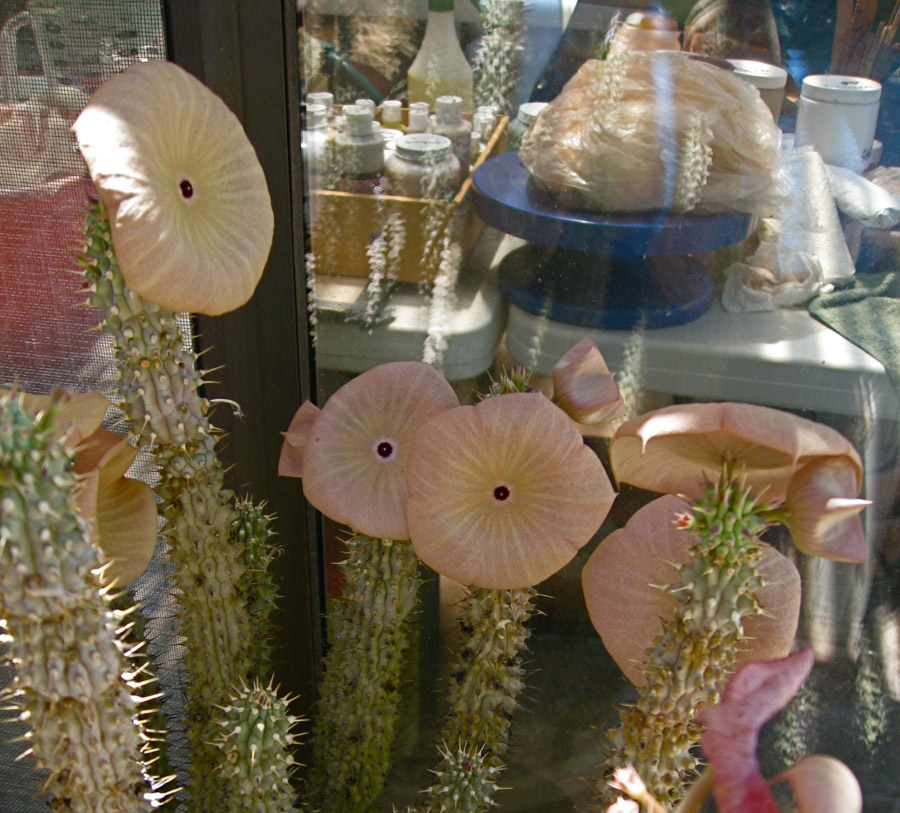 For a few days I’ve been whiffing a whiff, which has caused me to search for the dead mouse in my studio.
For a few days I’ve been whiffing a whiff, which has caused me to search for the dead mouse in my studio.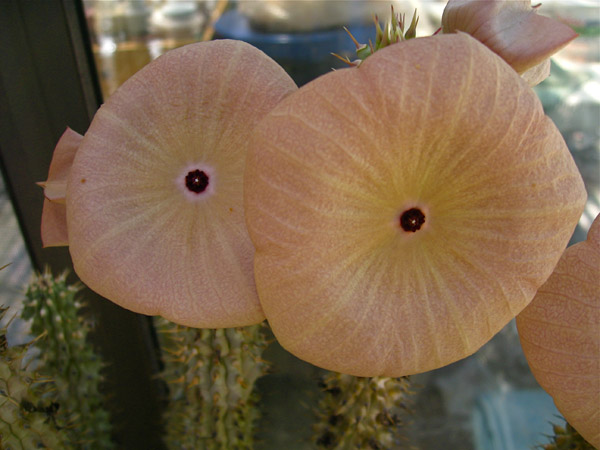

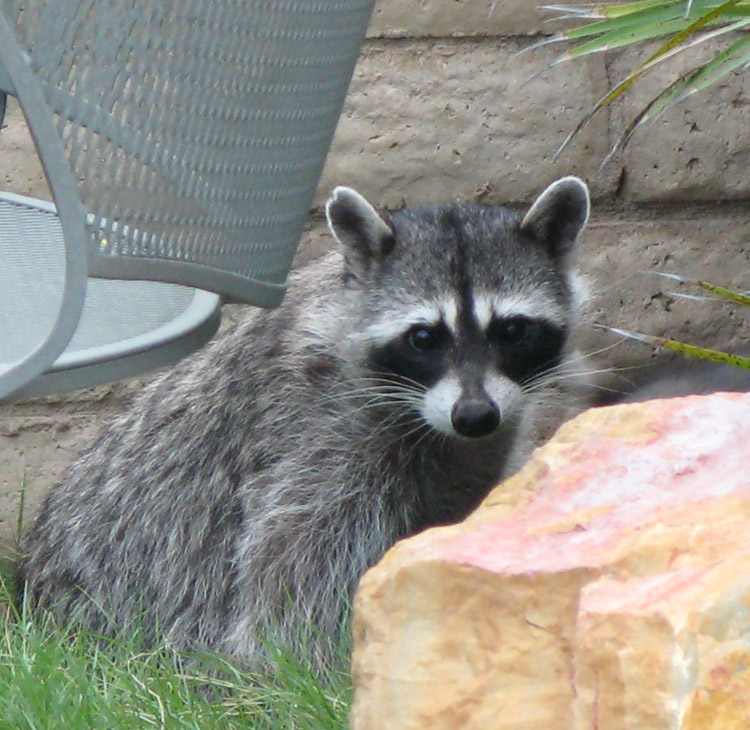
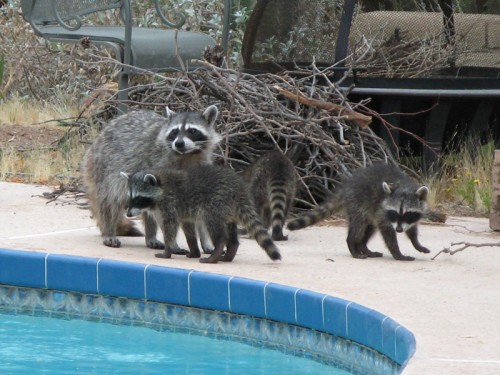
 Allison does not consider herself a wildlife artist,
but an observer who takes notes in clay.
Allison does not consider herself a wildlife artist,
but an observer who takes notes in clay.
